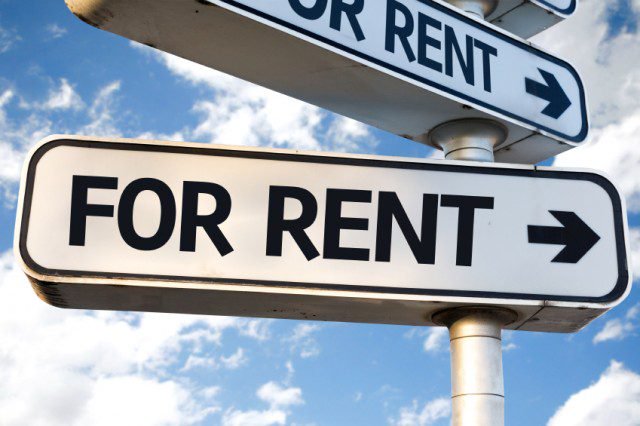Private Rental Sector growth continues, says TDS
New figures released from the Tenancy Deposit Scheme indicate that there has been a substantial rise in the number of deposits taken on assured shorthold tenancies in England and Wales.
This underlines the increasing popularity of buy-to-let as an investment opportunity, the firm claims.
Increasing investment
Data from the TDS report shows that at the end of March 2016, there were around 3.42 million deposits protected in England and Wales. This is a rise of over 360,000 over the course of the year.
The total value of deposits protected now stands at £3.56bn, which is an increase of £379 since last year.
Steve Harriott, chief executive of the Tenancy Deposit Scheme, noted: ‘these figures demonstrate the continuing growth of the private rented sector, which is now larger than the social housing sector in England and Wales.’[1]
However, the average value of deposits protected stayed fairly consistent. On the 31st March 2016, the average deposit was £1,041. Four years, this figure stood at £979.
Mr Harriot went on to say, ‘the huge number of deposits being paid by tenants at a value of some £3.5bn demonstrates the need for tenancy deposit schemes to ensure that deposits are protected for tenants.’[1]

Private Rental Sector growth continues, says TDS
Cooling
These figures from the Tenancy Deposit Scheme come just days after a report from Countrywide which suggests rents on new tenancies cooled in August.
The most prominent rental declines were noticeable in central London, the South East, South West, Midlands and Wales.
[1] https://www.landlordtoday.co.uk/breaking-news/2016/9/private-rental-sector-continues-to-grow-says-tds




